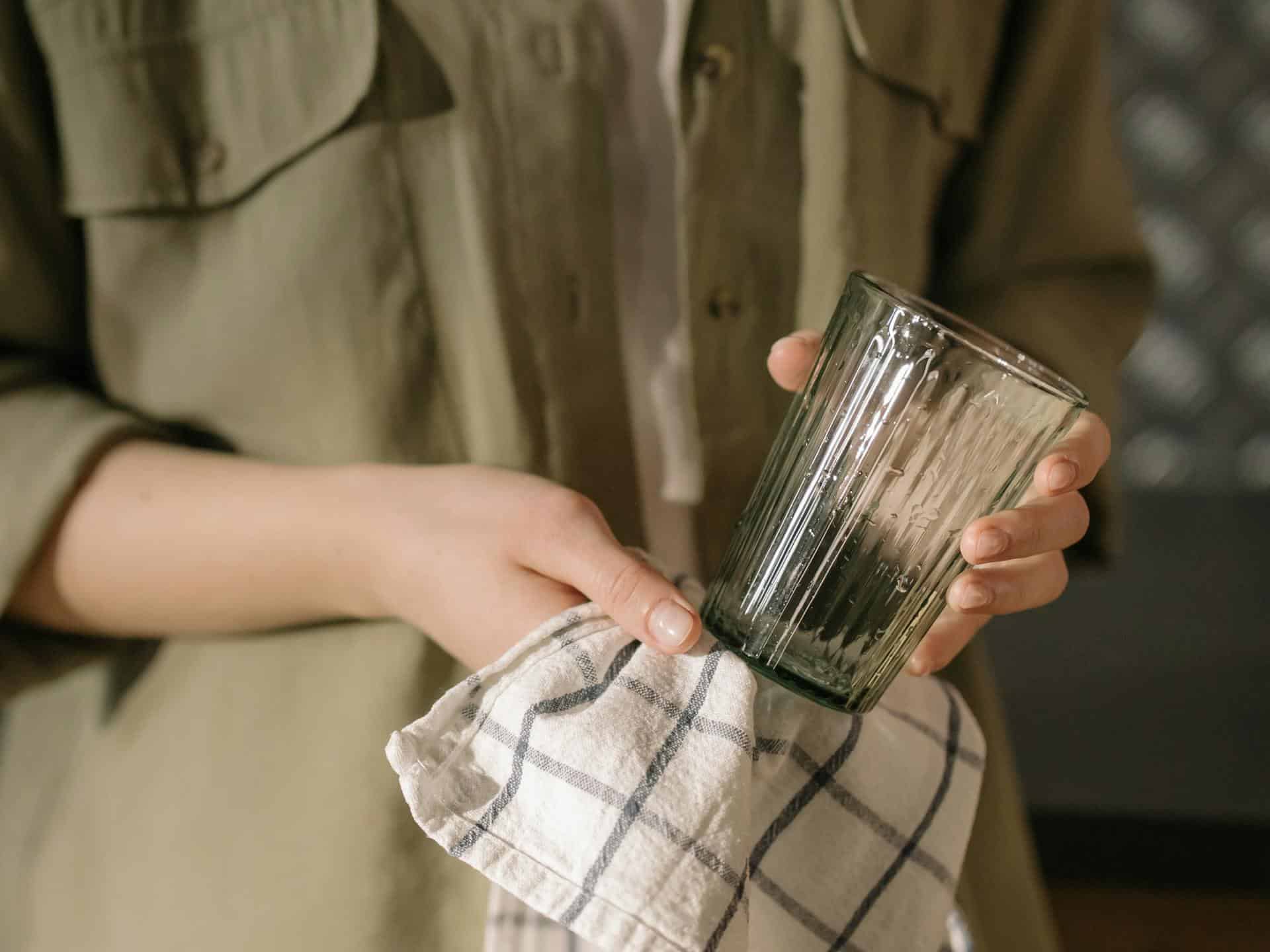
Question: Why Don’t Dishwashers Dry Dishes Anymore?
Answer: Dishwashers still dry dishes, but newer models often rely on condensation drying, which can be less effective. This is often due to government regulations limiting energy and water usage.
The Mystery of Wet Dishes: Why Dishwashers Struggle to Dry
Many homeowners find wet dishes after a wash cycle, a common frustration. This problem stems from several factors, from design changes to user errors. Understanding these reasons helps you achieve dry, sparkling dishes. This article explores the common culprits behind this issue, offering solutions to help your dishwasher perform optimally.
We’ll examine how energy efficiency regulations, heating element changes, and even the type of detergent you use contribute to damp dishes. We’ll also discuss practical steps to improve drying performance, covering everything from loading techniques to rinse aid usage. This guide empowers you to address the wet dish dilemma effectively.
Energy Efficiency Regulations and Their Impact
Government regulations mandate higher energy efficiency standards for appliances, including dishwashers. While this benefits the environment and lowers energy bills, it affects drying performance.
Older dishwashers used high-wattage heating elements for powerful drying. Modern dishwashers often utilize condensation drying, a more energy-efficient method relying on residual heat. This process, however, can leave some items, especially plastics, damp.
Manufacturers prioritize energy savings to comply with regulations. This shift sometimes compromises complete drying, resulting in the need for extra drying time or manual towel drying.
Click here for more information on kitchen refinishing
Related Article: Should I Run My Dishwasher If It Has Standing Water?
Related Article: Can You Put Vinegar and Baking Soda in the Dishwasher at the Same Time?
The Role of Rinse Aid in the Drying Process
Rinse aid is a crucial but often overlooked factor in achieving dry dishes. It reduces water’s surface tension, preventing it from beading up and clinging to dishes.
Without rinse aid, water droplets remain on dishes, leading to spots and dampness after the cycle completes. Using rinse aid ensures water sheets off dishes, promoting faster and more thorough drying.
Even with condensation drying, rinse aid significantly improves results, minimizing the likelihood of wet dishes.
How Dishwasher Loading Affects Drying
Proper loading is essential for optimal cleaning and drying. Overcrowding restricts airflow and prevents proper water circulation and some items can block the spray arms, leading to uneven cleaning and drying.
Nesting dishes prevents water and detergent from reaching all surfaces. This can result in food residue and wet spots. Ensure adequate spacing between dishes for thorough cleaning and drying.
Proper loading maximizes dishwasher efficiency, ensuring each item receives adequate water and air circulation for effective drying.
Choosing the Right Detergent
Dishwashing detergent significantly impacts both cleaning and drying performance. Some detergents contain ingredients that can hinder drying, especially in energy-efficient dishwashers.
Phosphates, once common in detergents, aided in drying. Modern phosphate-free detergents sometimes struggle to achieve the same level of dryness. Experiment with different brands to find one that works well in your dishwasher.
Consider using a detergent specifically formulated for hard water if you live in an area with high mineral content. These detergents prevent mineral buildup, which can interfere with drying.
Troubleshooting and Solutions for Wet Dishes
If you consistently encounter wet dishes, several troubleshooting steps can help.
Ensure you use rinse aid
Check the dispenser and refill it if necessary.Inspect the spray arms for clogs
Food particles or mineral deposits can obstruct water flow. Clean the spray arms regularly to ensure proper water distribution.Select the appropriate wash cycle
Some dishwashers offer a “sanitize” or “high-temp” option that improves drying. Consult your dishwasher’s manual to select the best cycle for your needs.Consider the material of your dishes
Plastic dries less effectively than other materials. Try placing plastic items on the top rack, where they’ll encounter less residual moisture.
Open the dishwasher door slightly after the cycle ends to allow moisture to escape and air to circulate. This aids the final drying process, especially with condensation drying.
Conclusion
Dry dishes are achievable with the right knowledge and practices. Understanding how energy efficiency, drying methods, and your dishwasher’s features interact helps you optimize performance. By using rinse aid, loading the dishwasher correctly, and choosing the right detergent, you can significantly improve drying results. Remember to troubleshoot any persistent issues, checking for clogs and selecting appropriate wash cycles. Implementing these strategies helps ensure every cycle leaves you with clean, dry, and sparkling dishes.
Regular maintenance also plays a vital role in dishwasher efficiency. Refer to your dishwasher’s manual for specific cleaning instructions and recommended maintenance schedules. By following these guidelines and incorporating the advice provided in this article, you can effectively address the “why don’t dishwashers dry dishes anymore?” dilemma and enjoy consistently dry dishes.

Blue Malue Get in touch with Blue here.
